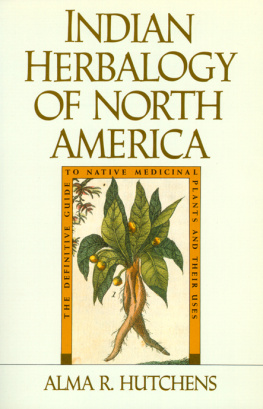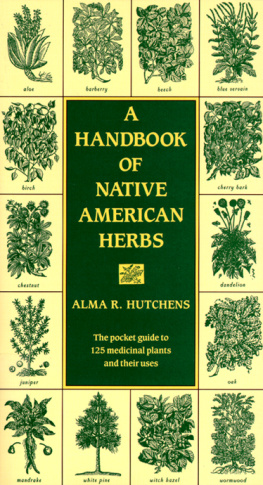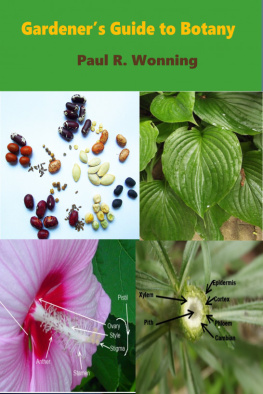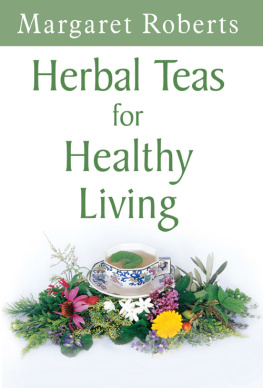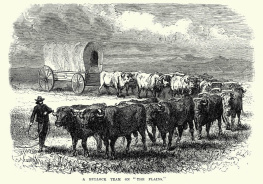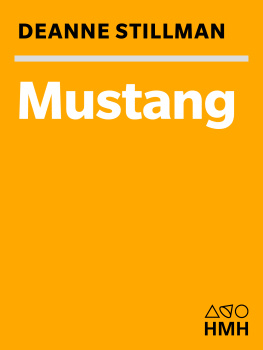ABOUT THE BOOK
For more than twenty years this pioneering work had served as a bible for herbalists throughout the world. It is an illustrated encyclopedic guide to more than two hundred medicinal plants found in North America, with descriptions of each plant's appearance and uses, and directions for methods of use and dosage. Native American traditions are compared with traditional uses of the same plants among other cultures where the science of herbs has flourished, particularly in Russia and China. Included is an annotated bibliography of pertinent books and periodicals.
ALMA R. HUTCHENS, a close associate of the late herbalist N. G. Tretchikoff, has been a student and practitioner of herbal medicine for many years.
Sign up to learn more about our books and receive special offers from Shambhala Publications.

Or visit us online to sign up at shambhala.com/eshambhala.

INDIAN HERBALOGY OF NORTH AMERICA

ALMA R. HUTCHENS

SHAMBHALA
BOSTON & LONDON
2012
Shambhala Publications, Inc.
Horticultural Hall
300 Massachusetts Avenue
Boston, Massachusetts 02115
www.shambhala.com
1973 by Alma R. Hutchens
All rights reserved. No part of this book may be reproduced in any form or by any means, electronic or mechanical, including photocopying, recording, or by any information storage and retrieval system, without permission in writing from the publisher.
Library of Congress Cataloging-in-Publication Data
Hutchens, Alma R.
Indian herbalogy of North America / Alma Hutchens.1st ed.
p. cm.
Reprint.
Includes bibliographical references and index.
eISBN 978-0-8348-2439-3
ISBN 0-87773-639-1 (pbk.: alk. paper)
1. Indians of North AmericaEthnobotany. 2. Medicinal plantsNorth America. 3. Materia medica, VegetableNorth America.
I. Title.
E98.B7H88 1991
615321097dc20 91-52511
CIP
Dedicated to
NATALIE K. TRETCHIKOFF and N. G. TRETCHIKOFF HERBALISTS
for
they hold the key that opened my world of development and service.
Alma R. Hutchens
Our appreciation of illustrations is acknowledged alphabetically
Atlas of Medical Plants, Medicina Literatura, Moscow, 1963
Art Academy of U.S.S.R., Moscow, 1960
Bello-Russ. Academy of Science, Minsk, Bello-Russia, 1965 and 1967
Bender, G. A. (Author) and Thom, R. A. (Painter), A History of Medicine in Pictures, Parke-Davis, Detroit, Michigan, U.S.A., 1961
Botany, Ministry of Education, Moscow, 1963
Department of Agriculture, Ottawa, Canada
Department of Agriculture, Province of Ontario, Toronto, Ontario, Canada
Medical Encyclopedia, Moscow, U.S.S.R. 1961, 1966, 1967, 1968, 1969
Medical Plants U.S.S.R. (Lekarstvennye Rastenia), Kolos (Publisher), Moscow, U.S.S.R., 1967
Medicina, Moscow, U.S.S.R., 1965
Moscow University, Moscow, U.S.S.R., 1965
Misl Pub. Moscow, U.S.S.R.
Naukova Dumka-Kotukow, G. N., Lekarstvennye Rastenia (Medical Plants); Kiev, U.K., S.S.R., 1966
Thut, Dr. A. J., Health from Herbs, Gualph, Ontario, 1941
Teterev, V. A., Botanica, Moscow, 1949
Vyashaya Schkola, Moscow, U.S.S.R., 1963
Zdorovie, Kiev, U.K., U.S.S.R., 1964
U.S. Department of Agriculture, Washington, D.C., U.S.A.
For the review and annotations of the books, refer to the Bibliography.
Each book has its own fate and destiny.
While working on material in Windsor, Ontario, Canada, the authoress travelled daily, since June 1964, from Dearborn, Michigan, United States of America, and it is estimated she covered over 100,000 miles before the manuscript was ready for publication. The book was published in 1969 in India.
The first two editions were published far away from North America. This our third edition (Library) and fourth edition (Royal) is published in London, England.
Devotion by, and efforts of the authoress were rewarded in many countries. Letters of appreciation and reviews were received in many languages: Anglo-American, Russian, German, Hungarian, Dutch, Belgian, Lithuanian, Japanese, Talu, Hindi and many others referred to in letters post factum.
There are many favourable factors in relation to the book.
Great progress is evident in Folk Medicine and Medical Botanics in most countries including Japan, China, Russia, India and African countries and Pacific Islands, and all are restoring the Ancient Healing Arts and applying modern methods to further study. Therefore most of mankind is now deeply involved and dependent upon Medical Botanics. In Europe and in the American continent interest in the Medical Botanics is developing greatly, especially in American Indian Medicine.
American Indian problems have been commented on daily in the American press and abroad. This has created interest around the world, not only in the political situations of the American Indian, but in their History, Culture, Arts and Medicine.
The authoress was very objective in her research. She collected, classified, and critically analysed the material and sources, and she found it advantageous to incorporate material which had been specially translated for her book. Material was included which otherwise would not have been available for many years to come.
The book is of great and growing influence. It is used by professionals many of whom have revised their opinions and have become very cautious of using older methods. Gardeners started to grow Indian herbs for their own use. Many people started to grow and collect medical plants commercially: Ginseng (Panax Q), Catnip, Lobelia (Indian Tobacco) Chaga to name only a few. Many projects, excursions, discussions were organized in the high schools, universities and clubs. Eventually Indian Medicine was studied.
The authoress very much appreciated the knowledge that the American Indians recognized her work and gave her advice and encouragement.
We wish to point out some technical points and changes, and we have introduced new material and illustrations. The bibliography was re-arranged. Some publications were omitted but some newly introduced. In re-classifying, the authoress followed the principle that literature and books that are popular and easily available were replaced by the new books, especially in foreign languages, were translated and annotated especially for this book.
Disregarding the bibliography in general, and only considering that which Merco Herbalist has on hand, it is impossible to contain everything in one book, so the bibliography was limited to some selective works only. Although the book is now of a slightly smaller format, the economic use of typography has enabled a reduction in size to be made without limiting the contents of this edition.
The misprints and errata of the first edition have been corrected.
The authoress continues to work daily on her study of Medical Botanics. It is our privilege and honour to participate in her efforts; she has put her knowledge, experience and heart into her studies.
The American Indian Medicine was in use for thousands of years before and nothing yet has come to disqualify it. For many generations in the past and many generations in the future we feel that Indian Medicine was and will continue to be used, and Indian Herbalogy of North America will have a
Next page
